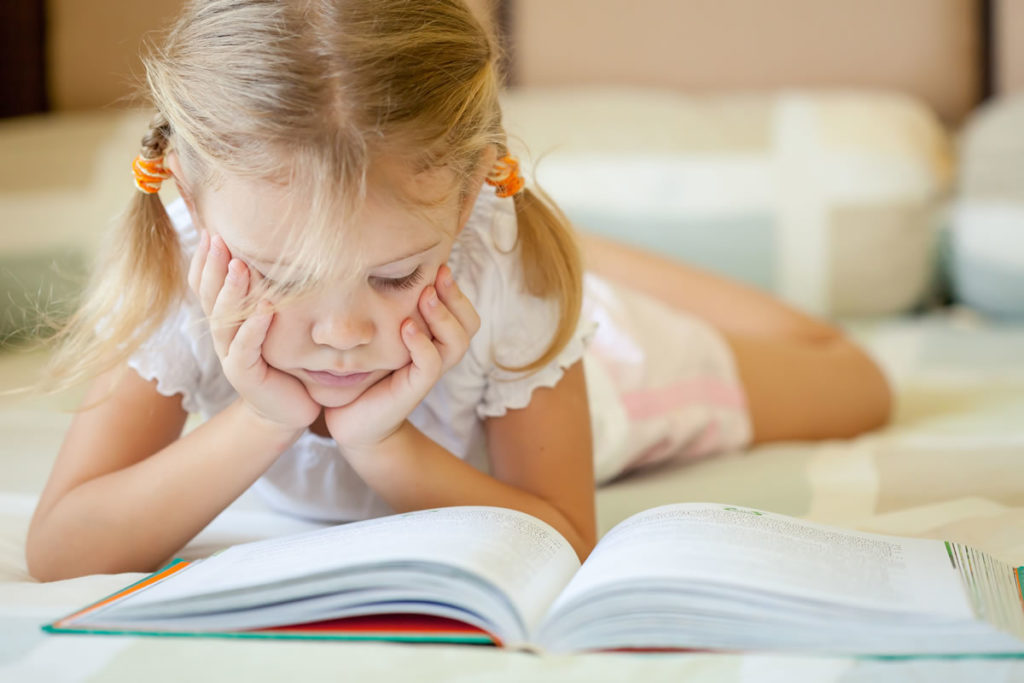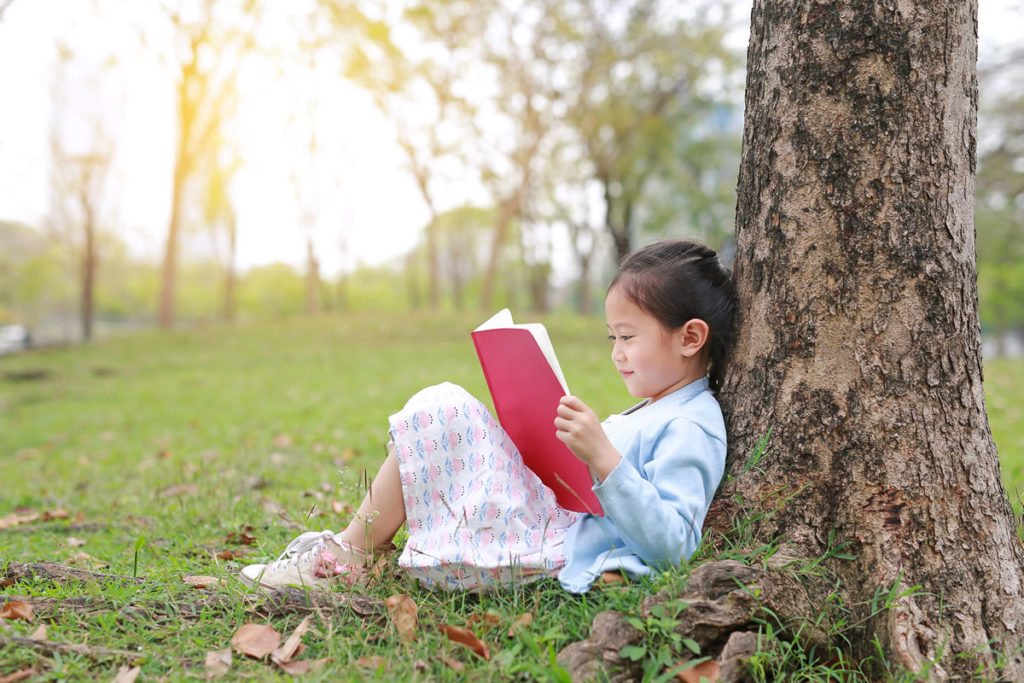Many educators are concerned about how technology is affecting the amount of reading students are doing today. And, in this sense, some of the most frequent problems that are being observed lately are the fact that many students naturally affirm that they do not read outside of school at any time of the day , that they do not understand what they read at school. or who have difficulty understanding long texts.

The truth is that to think that technology is to blame for all of this would be a mistake, but there is also a lot of responsibility that it carries in all this. In fact, technology and the way in which young people relate to it could confirm that it is not that children do not read, but that they now mostly read in a different way than the traditional one, in a 2.0 way.
Young non-readers, occasional readers and digital readers
A few years ago, more than 100 children’s authors signed a letter to President Obama arguing that US public school students were spending too much time preparing for reading tests and too little time reading imaginative books. Doing this undoubtedly has an impact on the way in which children approach reading, making them relate more to being compulsory and wanting to pass tests instead of relating reading to pleasure .
This in terms of physical books that are read at school and to a lesser extent also at home, but if we were to survey students about the amount of things they read throughout the day, surely the percentage would grow exponentially . Post in social networks, websites of different themes, news and opinion columns … there are many types of reading that young people approach today as a result of the use of social networks at an increasingly early age. This reality screams at us the need for a change in educational plans with regard to planning related to the promotion of reading , since it seems clear that instead of bringing students closer to it, they are led to rejection and a closer reading to his way of seeing the world, which is none other than through the internet.
There are no new aspirations or approaches, and perhaps the door is too closed in the classroom to the use of technology in an educational and constructive way as well. Of course, both at home and at home should be educated in the importance of traditional reading and in the love for books, but it is no less true that we should be aware that times have changed and that now there are means that motivate young people more, like everything related to digital, so it would be good to use these means also to introduce them into classes and achieve much more motivating teaching dynamics .
So why not work with websites and blogs that have values and positive readings , or introduce digital books into the classroom and free book download applications so that students can use them and download those readings that they find most exciting. ? Perhaps we should take a closer look at the technologies we currently employ for teaching and assume that you can also love reading digitally.

New ways to engage children as readers
If we surf the internet for a while and look for things that have to do with reading for young people, we will soon find a multitude of fan fiction pages based on some of the favorite books that are had at this age, such as the universe from Harry Potter . These pages have thousands of followers and show us young people who not only read these stories, but also are encouraged to write about them or be inspired by them, which is undoubtedly positive. Blogs can also attract younger readers, as a well-groomed and focused blog can attract new daily readers without any difficulty. Also, if a blogger wants more people to read his blog, he must also show careful information, interesting news, etc., which will again imply more reading.
Many young people use social media to connect with their friends and keep up with what is happening in the world. Teaching them to follow quality articles and news on social media in class can lead to deeper conversations about global and local issues, and can be the key for students to learn to discriminate information well in new formats as well. If a student has a personal interest in a particular topic or topics that they regularly consult on the networks, it is very likely that there is a book that they can also read about it on the subject, which could also be interesting as a work dynamic in the classroom.
Of course, the easiest way to get children to read more is by exposing them to a wide variety of topics and genres, and giving them time to explore their passions. Research leads to research, and research leads to reading . If we are forcing students to read boring passages just to cover tests, and teaching them that the sole purpose behind reading is to pass tests and courses, then we can only blame ourselves when we confirm that students do not read for pleasure.
We must also begin to accept new ways of reading for what they are, new ways of knowing and learning , as long as they are well selected and contain a high level of quality appropriate to the age of the students. The reality is that young people have more reading options today than ever, and these forms of reading require reading in different ways, eyes move faster, pages lead to other pages and new searches for information … and it is logical that doubts arise about the positivity of these practices.

Perhaps, to clear up doubts, the ideal would be to combine traditional reading with modern reading , have them expand data about their favorite topics with books on the same subject and, above all, ask ourselves the following question: do children read digitally for pleasure? And if the answer is yes, then it means that it is not a wrong path towards promoting reading, but a new path.











































































































